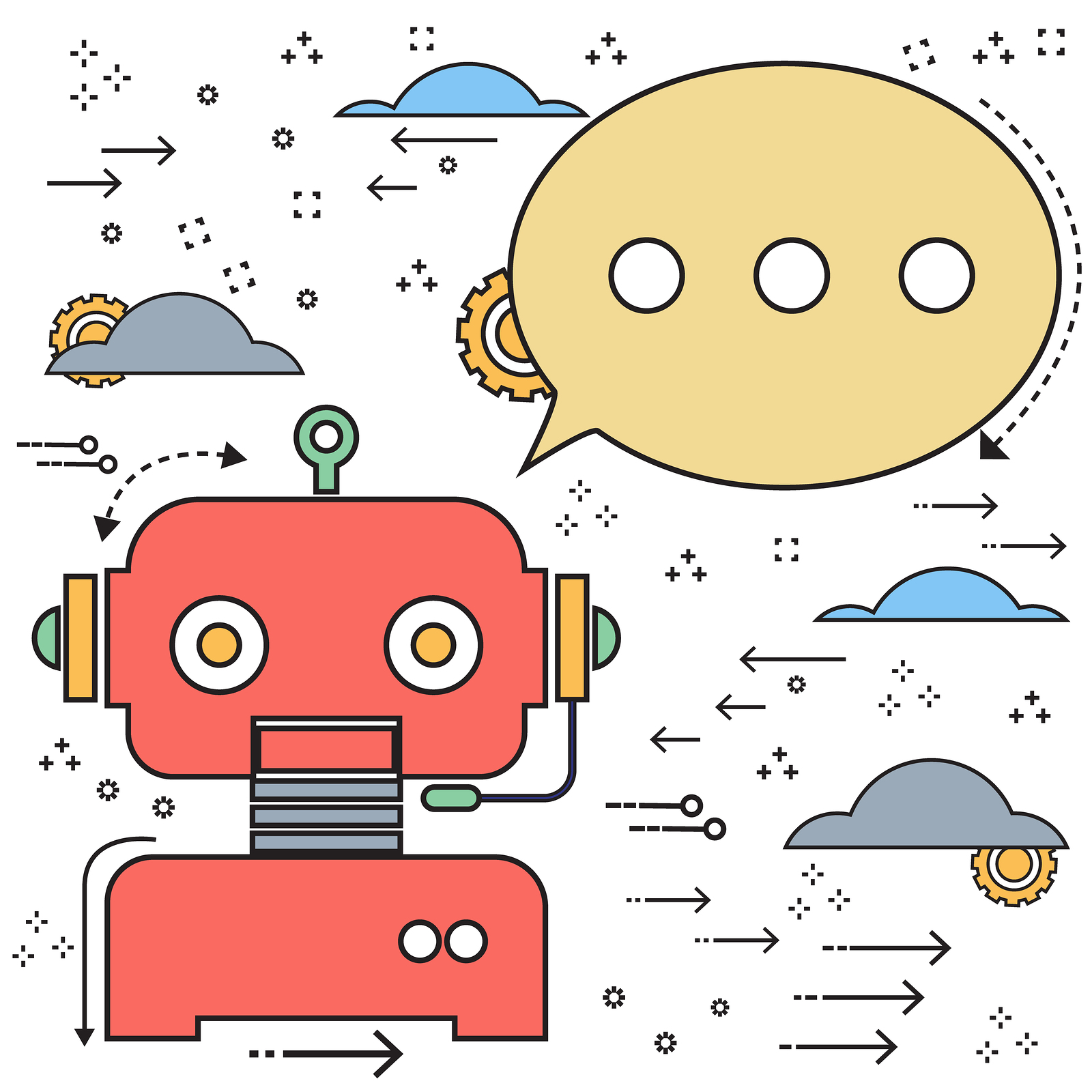
HR and the Integration of Robots: How to Defeat Your Fears
The integration of robots in talent acquisition is a development that the HR community has discussed for far too long.
Debates continue as to just how these bots can benefit the candidate experience and how effective they can be in a people-orientated job. But we quite simply can’t overlook the fact that we deal with robots every day – and they make our lives easier.
Artificial intelligence permeates our every day lives; whether we’re shopping online or interacting on social media. It is identifying our personal preferences and adjusting our experience. When Amazon is recommending products for you, it’s unlikely that you’re concerned that you’re actually interfacing with a robot.
If we’re being exposed to bots on a daily basis, why is there such a reluctance to incorporate AI in the talent acquisition and management process? I wholeheartedly believe it is largely down to a fear of the supposed ‘unknown’. Thanks to the movies, the idea of robots taking over the world has created a negative stereotype that remains front of mind in our professional lives and acts as an inhibitor to progress. I have often found that a simple explanation as to how we already interact with bots in our personal lives removes much of the reluctance from hiring managers and the C-suite.
The simple fact is, we all need to overcome our fear of robots and embrace them for the enabler they can be, particularly at a time when the country is facing significant skills shortages. According to recent findings from the Bureau of Labor Statistics (BLS), there are currently only 6.4 million candidates able to fill the 6.7 million job openings across the US.
With such an acute talent shortage, the need to use robotic process automation (RPA) and streamline the hiring process is now more critical than ever before, and the most competitive firms will be those able to successfully integrate technology in the hiring process. When we further consider that the candidate audience is demanding a greater integration of bots and AI, it becomes clear that this can’t be ignored. Applicants want to move jobs quickly – the previous time to hire estimates of 30 to 60 days isn’t acceptable any more. Delivering the required speed without compromising on the quality of hire cannot be achieved without utilizing technology and leveraging AI.
While there has been some resistance to robotic process automation and artificial intelligence in the past, we can’t ignore the fact that tech is changing what candidates expect from a company. Individuals want to see potential employers providing more innovative candidate engagement where personalization and speed go hand-in-hand.
To be clear, robots can’t completely replace people. After all, relationships developed during the interview process are the number one most important engagement tool and will remain so for the foreseeable future. Tech is simply the enabler that reduces administrative burdens to free up time to allow meaningful relationships to be developed. In essence, it’s time to get over our fear of robots and instead integrate these tools to put the recruiter back into recruiting and give our people the chance to once again be the human interface in the hiring process.
About the Author
Sondra Dryer, is Global Head of Brand and Experience at Alexander Mann Solutions.
She helps companies navigate through significant change by enabling them to articulate their value proposition while engaging and inspiring their employees to become brand ambassadors. She also helps companies develop a strategy that is authentic to their brand, and produce high-quality content that meets their business needs.
Specialties include: Internal communications strategy and execution, employee engagement, public relations, cultural integration and multi-channel marketing campaigns, public speaking, leadership development and team building


